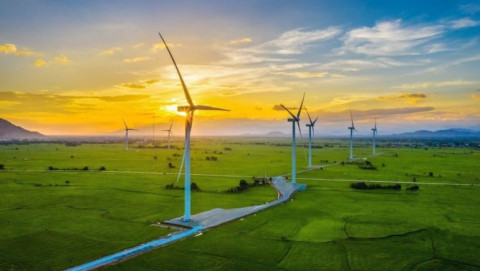Practical applications of carbon credits in the economy. Part XIII: Towards the goal of building low-carbon cities in Vietnam
- 149
- Socially Responsible Enterprise
- 14:58 12/07/2024
DNHN - Building low-carbon cities is one of the important goals that countries around the world are aiming for. So, the construction of low-carbon cities in Vietnam and the directions that need to be promoted to achieve this goal.
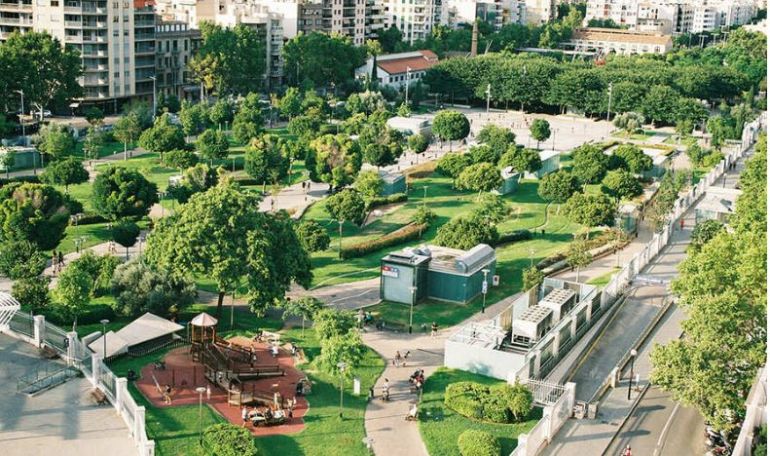
To build low-carbon cities, appropriate measures are needed
Vietnam is facing many environmental and resource challenges during the urbanization process. Economic growth and urban population put great pressure on infrastructure, energy, and natural resources. Major cities such as Hanoi and Ho Chi Minh City are facing traffic congestion, air pollution, and energy waste. Transitioning to low-carbon cities is an urgent requirement to mitigate negative impacts on the environment and improve the quality of life for urban residents.
First, building low-carbon cities not only helps reduce carbon emissions but also creates many other benefits. Low-carbon cities create conditions for the use of renewable and efficient energy, help reduce energy costs, and create jobs in this field. At the same time, building low-carbon cities creates a better living environment, reduces air pollution, and improves the health of urban residents. In addition, green buildings, convenient public transportation systems, and green spaces in cities create a harmonious and connected living environment.
Second, to build low-carbon cities, Vietnam needs to implement appropriate measures. First, policies must be developed to support and encourage the use of renewable energy and green technology in urban projects. Investing in public transportation systems, such as electric buses, urban railways, and other supporting infrastructure is also an important measure.
Third, building low-carbon cities requires the participation of the community and businesses, which is very important. The government needs to create an environment that encourages active participation from both sides. This can be done by providing financial support and tax incentives for low-carbon urban projects. Additionally, education programs need to be developed and awareness needs to be raised to create recognition and commitment from the community and businesses.
Fourth, building low-carbon cities is not only the responsibility of a single country but also requires international cooperation. Vietnam needs to seize the opportunity to cooperate with other countries and international organizations to share experiences and learn from successes in building sustainable cities. At the same time, Vietnam can benefit from receiving technology and funding from international partners.
Building low-carbon cities is an important goal that Vietnam needs to aim for in the process of urban development. Implementing this transition not only helps mitigate negative impacts on the environment but also creates many benefits for the community and economy. To achieve this goal, active participation from the government, community, and businesses is needed, along with international cooperation. Only when all stakeholders act together can Vietnam build livable and sustainable cities for the future.

Developing low-carbon cities
Recently, important commitments from the international community to combat climate change have been implemented. By 2022, more than 1,000 cities worldwide have transitioned to respond to climate change. Major cities like Rio de Janeiro, New York, Paris, Tokyo, Oslo, Mexico City, Melbourne, London, Milan, Cape Town, Buenos Aires, Caracas, Copenhagen, Vancouver, and Hong Kong are examples. Additionally, hundreds of cities from developed countries like the United States, the United Kingdom, Denmark, Germany, Japan, South Korea, and China are also actively participating in this effort.
At the COP26 conference in November 2021, Vietnam, along with nearly 150 countries, committed to reducing carbon emissions to "0" by 2050. More than 100 countries committed to reducing methane emissions, and nearly 50 countries joined the declaration to transition from coal power to clean energy. To implement the commitments at COP26, the Vietnamese government issued the National Action Plan on Green Growth for the period 2021-2030 and the National Climate Change Strategy to 2050. At the same time, a clear roadmap was proposed to promote climate goals, supporting businesses, sectors, and localities in reducing carbon emissions.
Currently, the trend of developing low-carbon cities is becoming an indispensable part of global efforts to combat climate change. A low-carbon city is a model designed to minimize carbon emissions, from using clean energy to improving urban infrastructure and operations. Notable examples are major cities around the world that have introduced strategies and invested in green buildings, efficient public transportation systems, and encouraged the use of environmentally friendly transportation.
Developing low-carbon cities not only brings environmental benefits by reducing carbon emissions but also enhances the quality of life for residents by improving living spaces and reducing urban pollution impacts. These efforts are strongly driven by commitments from countries, international organizations, and communities to achieve sustainable development goals and build a cleaner, greener future for future generations.
Nghe Nhan
Related news
- Practical applications of carbon credits in the economy. Part XII: Developing green road transport towards net zero goals
- Practical applications of carbon credits in the economy. Part XI: Developing a sustainable and environmentally friendly transportation system
- Practical applications of carbon credits in the economy. Part X: Exploiting carbon potential in intensive agriculture
#environmental protection
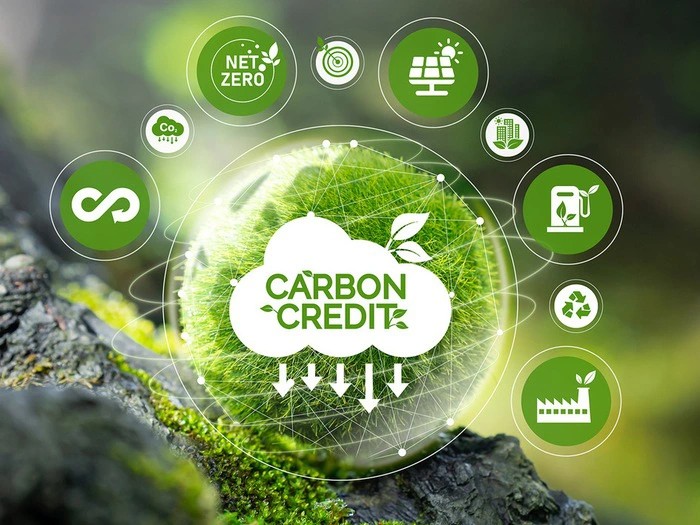
Reducing greenhouse gas emissions and carbon market development to fulfill COP 26 commitments
Vietnam aims to reduce greenhouse gas (GHG) emissions and develop a carbon market, aligning with its COP 26 commitments. This requires close coordination and comprehensive solutions from all sectors and communities.
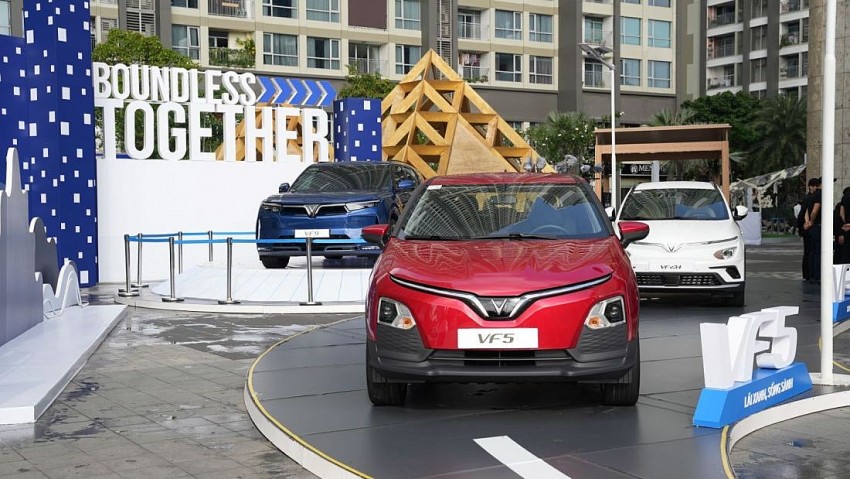
What can be learned from VinFast's success after becoming the best-selling car brand in Vietnam?
VinFast's market-leading sales in Vietnam in September marked a major turning point, as a domestic electric vehicle brand outpaced international competitors.
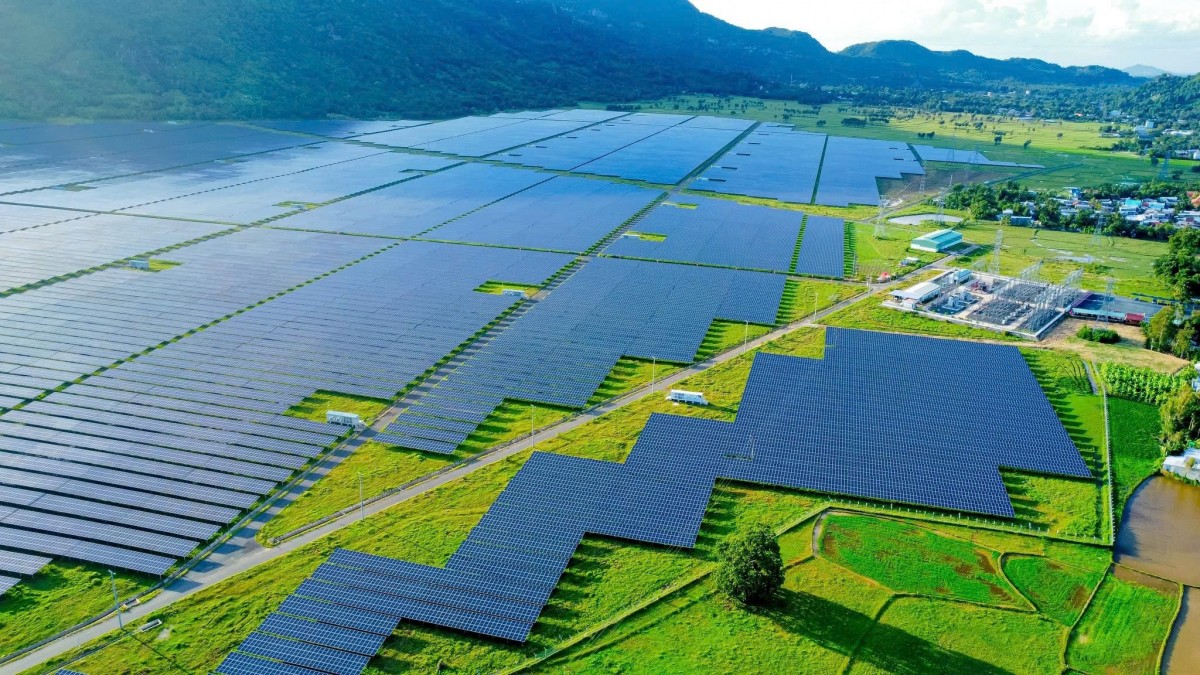
Nurturing life for the future with clean energy
Vietnam has just endured Typhoon No. 3, leaving behind a trail of destruction and loss that makes us all feel small against Mother Nature. It is time for a change, time to nurture and protect our living environment.
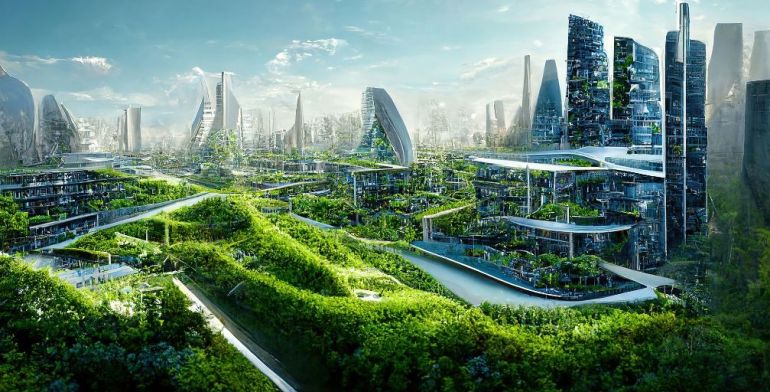
Practical applications of carbon credits in the economy. Part XXI:Carboncor Asphalt - An effective solution for Vietnam to achieve net zero emissions
Vietnam is actively implementing green construction solutions to achieve the goal of net zero emissions by 2050. These solutions reduce greenhouse gas emissions and support sustainable development in the construction industry.
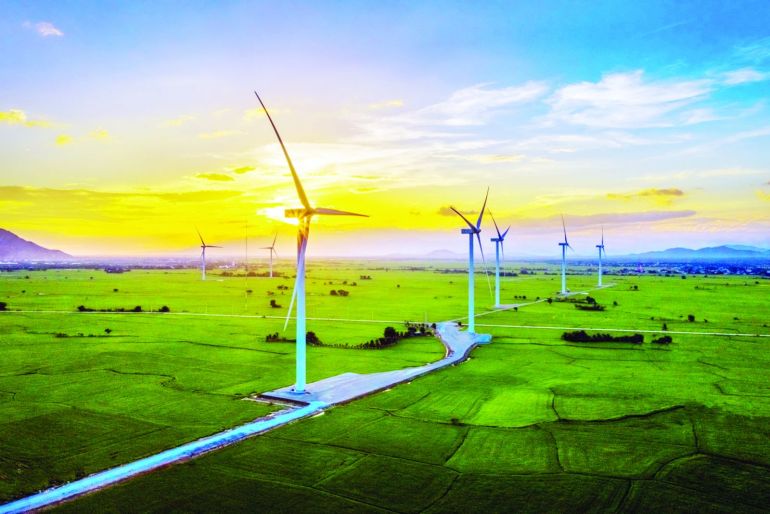
Practical applications of carbon credits in the economy. Part XI: Bridging policy and strategy for the carbon credit market
To develop the carbon credit market, the Government and businesses must improve cooperation and communication. The Government needs to provide clear policies, while businesses must adopt emission reduction strategies and leverage carbon credits.

Yen Bai: Implementing the plan to manage and eliminate ozone-depleting substances and greenhouse gases
The People's Committee of Yen Bai province has just issued document No. 3005/UBND-TNMT on the implementation of the National Plan for the management and elimination of ozone-depleting substances and controlled greenhouse gases.
Đọc thêm Socially Responsible Enterprise
When artists do business – livelihood is no poetry!
A series of indictments, arrests, and bankruptcies among artists has sounded a serious alarm.
Hanoi’s economy grows 7.92% in first nine months of 2025, FDI surges nearly threefold
Hanoi maintained robust growth momentum in the first nine months of 2025 with GRDP up 7.92% year-on-year, driven by strong services and construction sectors.
Vietnam’s strong gdp growth fails to ease labor market distress
As the year draws to a close, the pressing challenge for businesses and policymakers is how to rebuild worker morale, retain top talent, and stabilize employment amid lingering uncertainty.
Vietnam ramps up efforts to lift EU “Yellow Card” on Illegal fishing
Prime Minister Pham Minh Chinh has called for intensified and coordinated efforts to have the European Commission’s “yellow card” on Vietnam’s fisheries removed within this year.
Quang Tri calls for investment in wind power plant project worth over VND 1,100 billion
The People’s Committee of Quang Tri Province has officially announced the Hưng Bắc Wind Power Plant Project as part of its investment invitation portfolio.
Hanoi receives two million visitors during the four-day National Day holidays
From August 30 to September 2, Hanoi received around 2.08 million visitors during the four-day National Day holidays , three times higher than the figure in the same period last year, the municipal Department of Tourism reported.
Ca Mau gradually makes its mark on the national tourism map
By 2025, Ca Mau aims to attract 8.4 million visitors and achieve a total revenue exceeding 8,585 billion VND, contributing to the province's double-digit growth target.
UNDP Resident Representative hails Vietnam as an emerging economic powerhouse
Millions of people have been lifted out of poverty, hunger has been eliminated, and the economy has maintained consistent growth rates of over 6 per cent, UNDP Resident Representative in Vietnam Ramla Khalidi remarks.
Alpha Books Chairman Nguyen Canh Binh: The survival weapons of Vietnamese entrepreneurs in the age of AI.
Alpha Books Chairman Nguyen Canh Binh shares three essential lessons to ensure the survival and growth of Vietnamese entrepreneurs in the digital age: creativity, connection, and collective intelligence.
Mr. Le Viet Thang, CEO of 1Office: "Don’t use old solutions for new ai challenges"
As artificial intelligence (AI) reshapes the global technology landscape, Vietnam is taking decisive steps to establish a National AI Research and Development Center, alongside the National Data Center.






